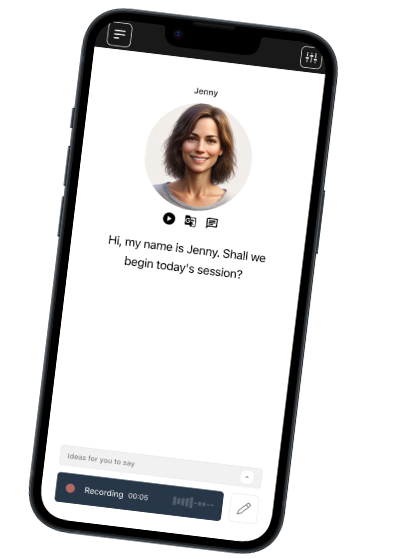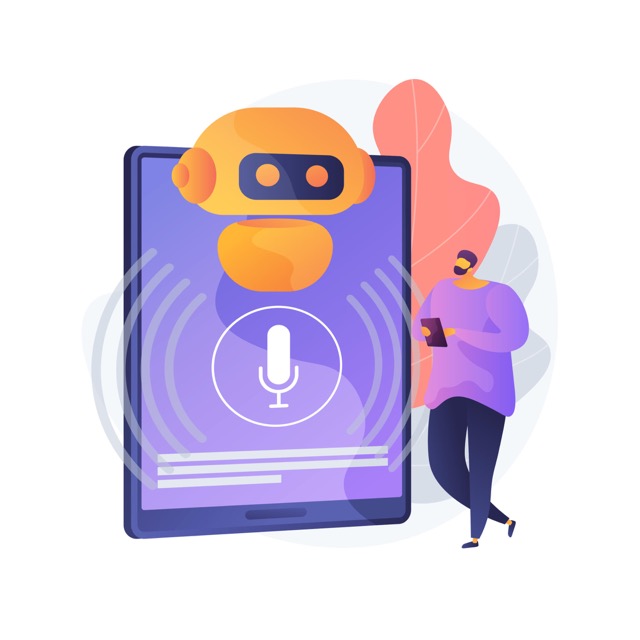Founded in Denmark. We respect your privacy.
Join a worldwide community of language learners
Why Learning Slang in Textbooks Gets You Weird Looks—And What Locals Really Say
Last updated on
Imagine spending months perfecting your new language, proudly reciting phrases straight from your textbook, only to get raised eyebrows or suppressed laughter from native speakers. If this feels familiar, you’re not alone—and there’s an important reason why it happens. The answer might challenge everything you think you know about “real” language fluency. Keep reading, and you’ll discover the subtle detail that sets confident speakers apart in any conversation.
The Problem with Scripted Speech
Textbooks and standard courses do a good job introducing grammar basics, vocabulary, and polite expressions. Yet, most shy away from the messy, ever-evolving world of slang, idioms, and local turns of phrase. This gap matters: research published in international language education journals shows that learners who use only formal or “safe” expressions often sound stilted, out of place, or even comically outdated.
Slang: The Real Language of Human Connection
Every language community has its own set of unwritten codes—slang, inside jokes, even borrowed words from pop culture. Slang is not simply “bad grammar” or youth-speak; it reflects social bonds, regional influences, and group identity. According to Britannica, slang plays a crucial role in signaling belonging and adaptability in conversation. Without it, your speech might sound technically correct but remain emotionally distant or even awkward.
Common Pitfalls in Textbook Language
- Outdated phrases. Textbooks may teach expressions from decades ago that no one actually uses now.
- Literal translations. Not every phrase has a direct counterpart. “It’s raining cats and dogs” in English, for example, sounds bizarre in most other languages.
- Mismatched politeness levels. Relying solely on formal speech can make you sound stiff, even in casual settings.
For more on how textbook language diverges from real speech, check out our article on why real conversations sound nothing like your lessons.
Why This Happens: Living Language vs. Prescribed Language
Languages are living systems that adapt and reinvent themselves constantly. Local influences—music, TV, the internet, migration—feed new words and expressions into daily life. Regional slang in Mexican Spanish or Australian English can differ wildly from what you see in formal study materials. Learners miss out on these cues unless they seek out authentic interactions, consume current media, or practice with local speakers.
Cultural Connection: Going Beyond Grammar
Slang isn’t just about words—it’s also about timing, tone, and context. Using the right phrase at the right moment can turn a hesitant introduction into a warm, friendly exchange. But using textbook phrases in informal settings (or casual slang in formal ones) can be jarring. Language learning experts from Cambridge English highlight the importance of cultural fluency alongside grammar proficiency, especially in multi-dialect environments.
How to Get It Right
- Listen to authentic sources: Podcasts, livestreams, movies, and real conversation videos reveal how people actually speak.
- Practice with real humans—or AI that mimics them: Structured role-play and dynamic interactions, as provided by Talkio, give safe ways to try slang and casual speech.
- Ask locals about language choices: Online communities like Language Learning Stack Exchange are great places to crowdsource current phrases.
- Be ready to adapt: Language is context-dependent. Learn both formal and informal versions of key expressions.
Now, here’s the detail most textbooks—and even some apps—don’t tell you: the words you choose matter less than the confidence and adaptability with which you use them. Native speakers forgive grammar errors if you connect with them naturally. The secret isn’t perfect slang, but the courage to join the conversation, listen closely, and adjust in real time.
Talk Your Way
to Fluency

Talkio is the ultimate language training app that uses AI technology to help you improve your oral language skills!
Try Talkio


